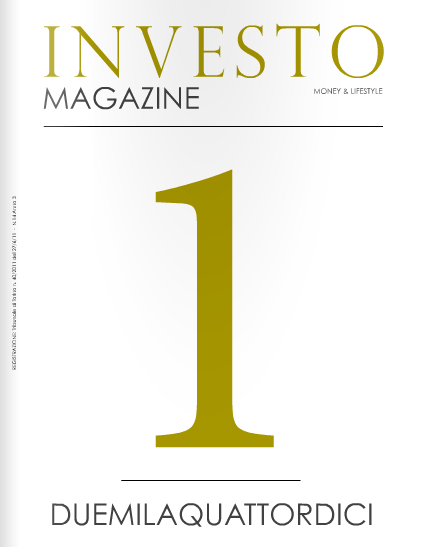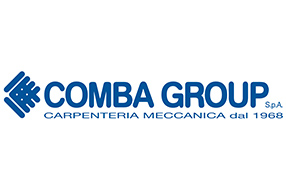In un momento come questo, in cui trovare il capitale è più difficile che su una cartina muta delle scuole Medie, una buona soluzione è in realtà una ricetta del passato. Se si vuole comprare una casa o comunque investire nel mattone, la cosa migliore è unire le forze con altri aspiranti proprietari. Questo l’esempio che arriva fino ai giorni nostri dalla lunga storia dell’edilizia cooperativa. Un modello che affonda le sue radici alla fine dell’Ottocento, ma che ha conosciuta il suo momento di maggior fioritura negli anni Sessanta del secolo scorso. Tanti i casi nel nostro Paese, soprattutto nelle regioni del Nord. Tante le sigle e gli enti che si sono via via messi in gioco, anche se non tutti con le stesse fortune. . Ma bisogna innanzitutto sgombrare il campo da un pregiudizio, ben radicato nel pensiero comune: l’edilizia cooperativa non si sovrappone necessariamente con la costruzione di case popolari o comunque modeste: <Certo, esiste anche questa casistica – dice Antonino – ma ci sono tantissimi casi di alloggi anche signorili, ampi come metratura e di pregio come collocazione. Addirittura villette a schiera o singole ville>.
Certo, dagli anni Sessanta – quelli del boom – a oggi, le cose sono cambiate e di parecchio. Disponibilità economiche, soprattutto di questi tempi, se ne vedono sempre meno. Ma l’edilizia cooperativa non cede il passo, non arretra. . Un altro stereotipo da sfatare, poi, è quello della territorialità: l’edilizia cooperativa non necessariamente impone un legame stretto con l’area in cui si forma il consorzio. L’esempio può essere proprio quello di Acli Casa Torino: tante le operazioni condotte sul capoluogo piemontese e dintorni, ma non mancano le costruzioni in alta montagna, fino alle valli Olimpiche, oppure al mare, in riviera ligure. Da Bardonecchia a Claviere, insomma, fino a Sanremo. .
Da qualunque latitudine lo si osservi, tuttavia, il futuro del comparto del mattone è piuttosto delineato: . Nella speranza, trasversale e comune a qualunque tipo di settore economico, che prima o poi la svolta arrivi davvero. E con lei la ripresa.At a time like this where to find capitals is more difficult than on a blank map for high school, a good solution is actually a recipe of the past. If you want to buy a house or to invest in bricks and mortar, the best thing to do is to join forces with other aspiring owners. This is an example that has lasted until today from the long history of cooperative housing. A model that has its roots in the late 19th century, but that bloomed in the sixties of last century. Many are the cases in our country, especially in the northern regions. Many the organization and institution who put themselves on the line, although not all of them with the same luck. “To join forces and capitals in a cooperative could be the perfect solution – says Piero Antonino, engineer and leading representative of the historical consortium “Acli casa” in Turin -. You just need to gather people interested in the same project with common goals. This will allow small capitals to be invested in real estate. But first of all, to avoid any prejudice, we have to clarify that cooperative housing does not involve just public housing or modest houses: “Of course this is one part of it – says Antonino – but there are many cases involving spacious exclusive houses in good areas. Even townhouses and single houses”.
Sure, things have changed a lot since the sixties – the boom period – up to now. Available funds nowadays are fewer. But cooperative housing does not fall behind. “The turnover is real effective – says Antonino – as new families, that have inherited a house from their relatives and that looks for bigger spaces or different solutions, exchange it with a new house, maybe adding a mortgage. People keep trusting this kind of investment that it is showing some strength over time. Recently, medium high value building lots are the more interesting ones so that new constructions are starting”. Territoriality is a stereotype to debunk: not necessarily cooperative housing requires a close connection with the area where they the consortium is established. Acli Casa Turin is one example: many projects were carried out in Turin and surroundings, but also in high in the mountains, in the Olympic valleys or in the Riviera Ligure. From Bardonecchia to Claviere, up to Sanremo. “This kind of housing is pretty common from Tuscany up – explains the engineer Antonino – because of cultural differences compare to other regions. In the South individual entrepreneurs are more common in constructions, whereas a consortium just like ours could represent only an alternative to individual construction companies”.
From any points of view, however, the future of real estate is pretty outlined:” it still is a good investment – concludes Antonino – unless any particularly critical situations related to a specific construction situation. Cooperative housing has the indisputable quality to curb spending and to keep the value of the house. The savings put in this field should take place in a perspective of medium-or long-term growth”. Hoping that, sooner or later, the shift will occur in any economic sectors. Together with the economic recovery.
» 2013 - Numero 6, In evidenza » Acli casaAcli casa






 youhost
youhost